Have you ever stood by a window, sunlight pouring in, breeze brushing your skin, and felt instantly calmer? That’s not just a fleeting emotion, it’s biology at work. And it’s exactly what biophilic design is all about. Our connection to nature runs deep, it’s encoded in our DNA.
In a world where we spend more than 90% of our time indoors, we’re increasingly realizing how crucial it is to bring nature back into our daily environments.
That’s where biophilia in interior design comes into play. By thoughtfully integrating natural elements like sunlight, greenery, and airflow into our built spaces, we’re not just decorating, we’re healing. This design approach taps into our innate need for nature, helping reduce stress, boost focus, and foster a sense of well-being.
Light and space: the unsung heroes of biophilia in interior design
Light isn’t just about visibility, in biophilia in interior design, it’s an essential wellness tool. Natural daylight regulates our sleep cycles, energizes us, and helps regulate hormones like cortisol and serotonin.
When combined with open space and natural materials such as wood, stone, or linen, it creates environments where people feel grounded, refreshed, and engaged.
A window is more than a view, it’s a wellness portal
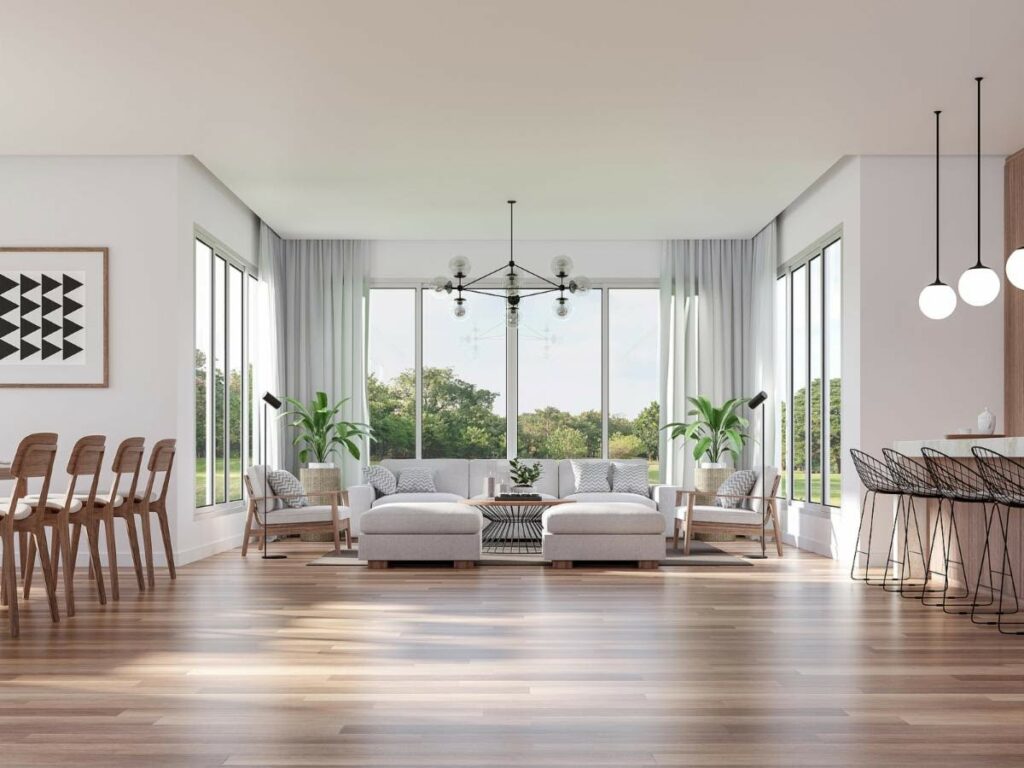
Windows are more than architectural afterthoughts. In biophilic design, they’re portals to the natural world, bringing in sunlight, movement, and visual calm.
They help:
- Reduce anxiety
- Increase energy and alertness
- Elevate mood
- Connect people to their environment
And the most powerful part? These benefits are backed by science.
Nature views lower cortisol in just 10 minutes
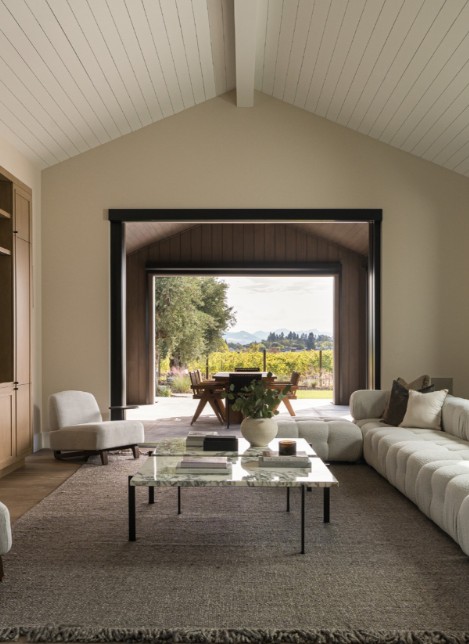
Yes, you read that right. It takes just 10 minutes of looking at nature to begin lowering cortisol, the stress hormone that wreaks havoc on mental and physical health.Whether it’s tree canopies, a city garden, or even the sky, the presence of living outdoor scenes makes a meaningful difference, and smart window placement is the key.
Eye-level views are emotionally restorative
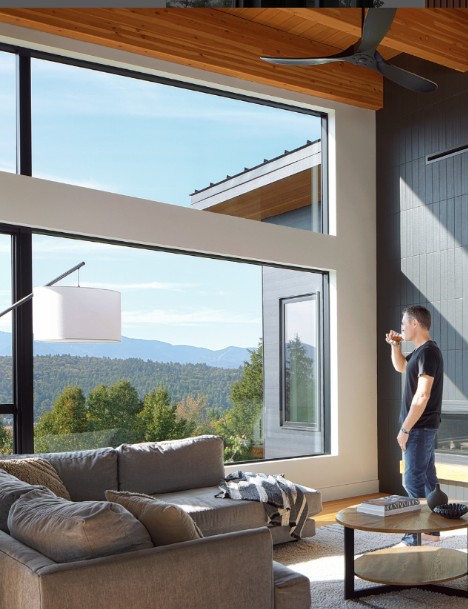
Placing windows at eye level maximizes their emotional impact. It invites the outside in, literally into your line of sight, making the natural world feel accessible, not distant.
Pair it with a quiet chair, soft textures, or a cozy nook, and you’ve got a mini healing station right in your living room or office.
Use prospect + refuge: wide views plus safe spaces
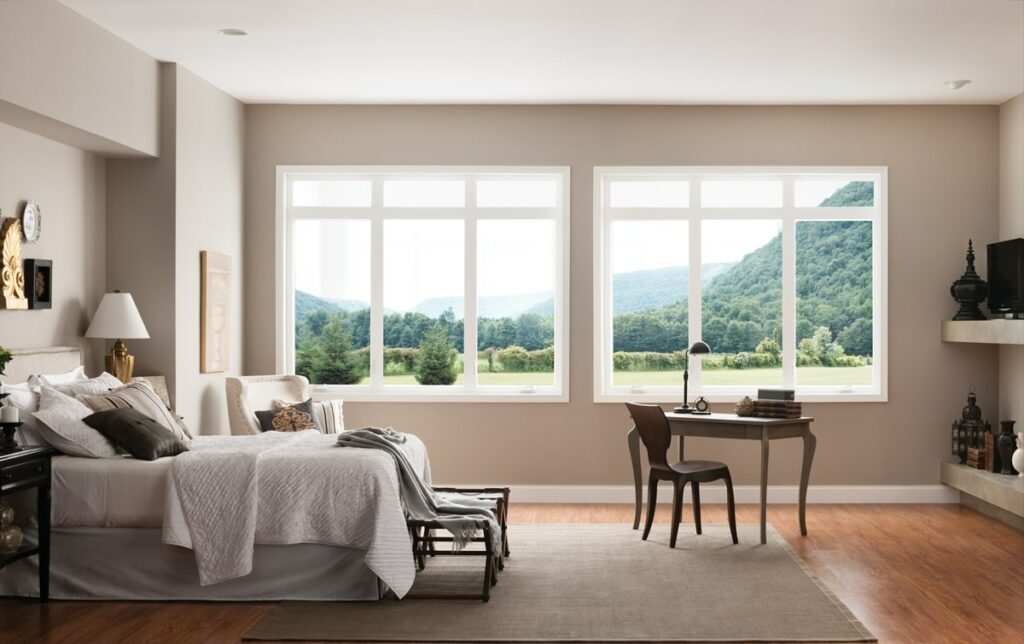
Biophilic psychology tells us we seek both prospects (a clear view out) and refuge (a sense of enclosure or safety).
Think: a wide window with a cozy reading bench beneath it. It satisfies our primal instincts, to observe our environment while feeling protected, and results in feelings of security, clarity, and comfort.
Brands like Marvin and True View deliver nature-ready systems
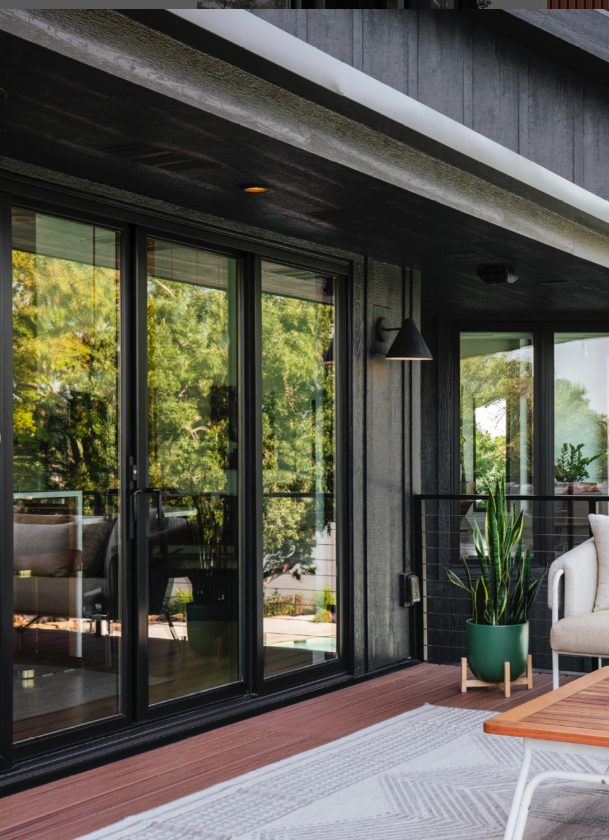
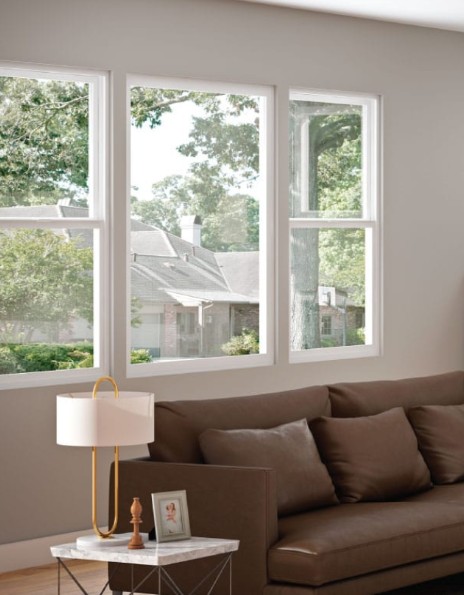
Brands such as Marvin and True View are developing window systems with biophilic principles in mind. Their designs offer:
- Slim profiles for maximized glass and views
- High-performance glass for energy efficiency
- Configurations to optimize daylight and airflow
These aren’t just windows; they’re wellness tools built into your biophilic design architecture.
Tip: prioritize windows in high-use zones like desks or lounge areas
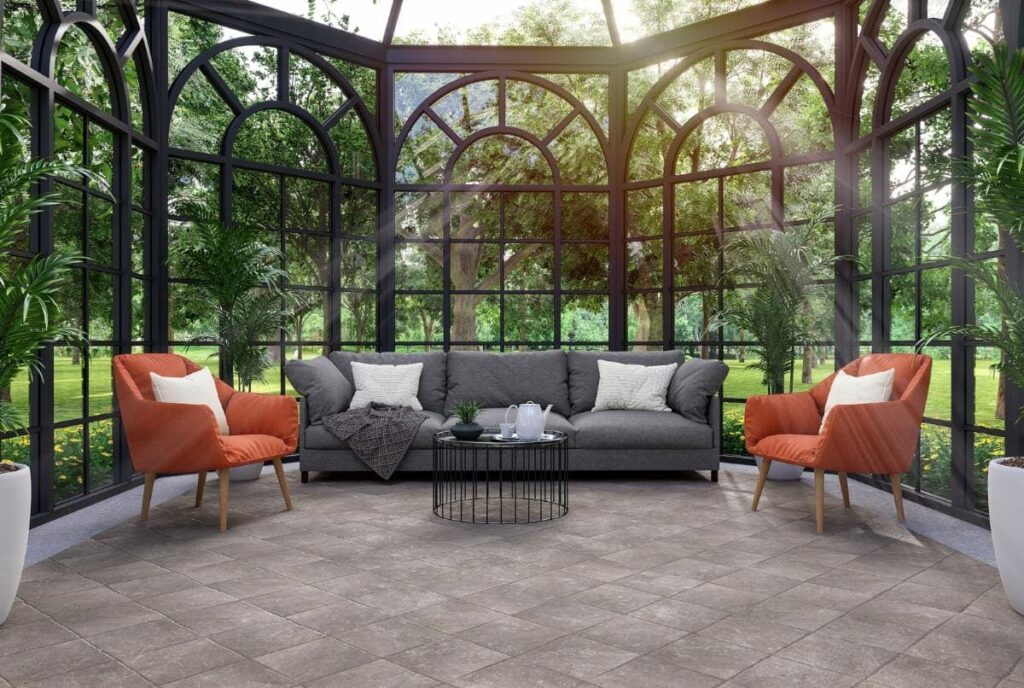
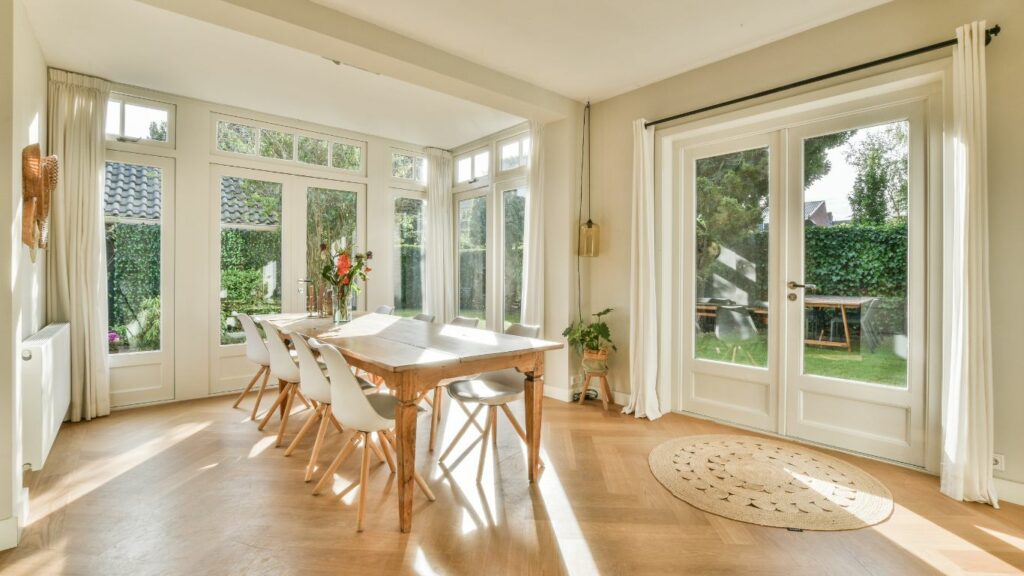
Not every room needs a floor-to-ceiling glass wall. But your most used zones? Absolutely.
Install generously sized windows in:
- Desks and home offices
- Living rooms and lounge corners
- Dining spaces
- Reading nooks
- Common areas in workplaces or schools
This makes natural light and calming views part of your everyday routine — where it counts most.
The role of natural materials in light-filled spaces
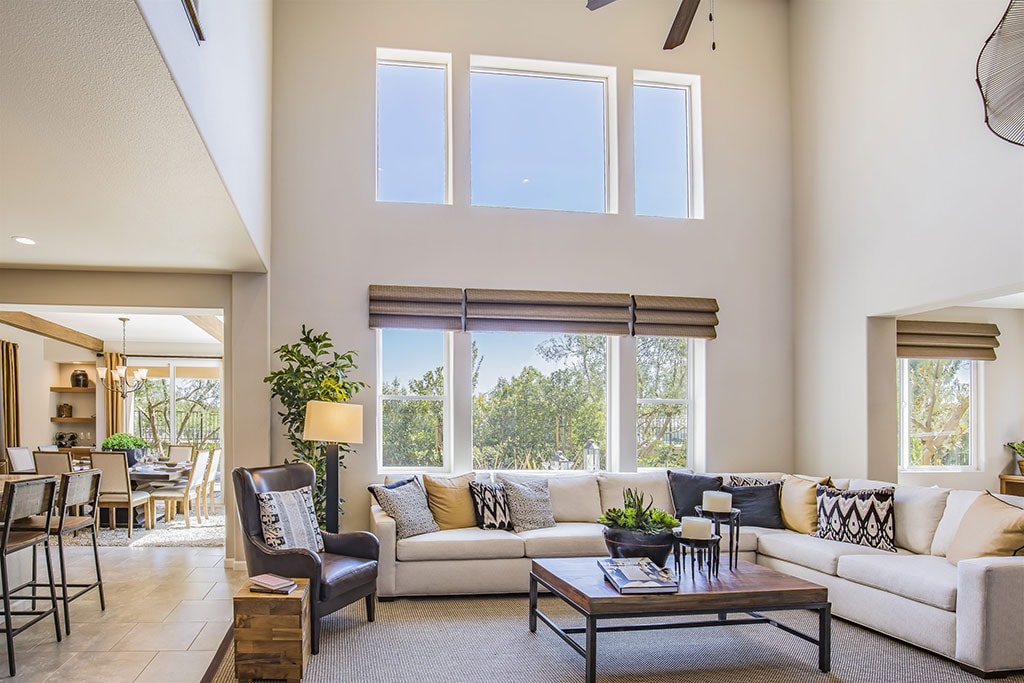
Let’s not forget the supporting cast. Natural materials like oak, wool, or clay don’t just look good, they interact with light in organic ways that soothe our senses.
- Sunlight reflecting off a clay wall feels grounding.
- Morning light warming a wooden floor evokes comfort.
- Linen curtains diffuse glare while maintaining brightness.
This tactile, visual synergy between light and nature brings spaces to life, and helps the people inside them thrive.
Make nature visible. Make people well.
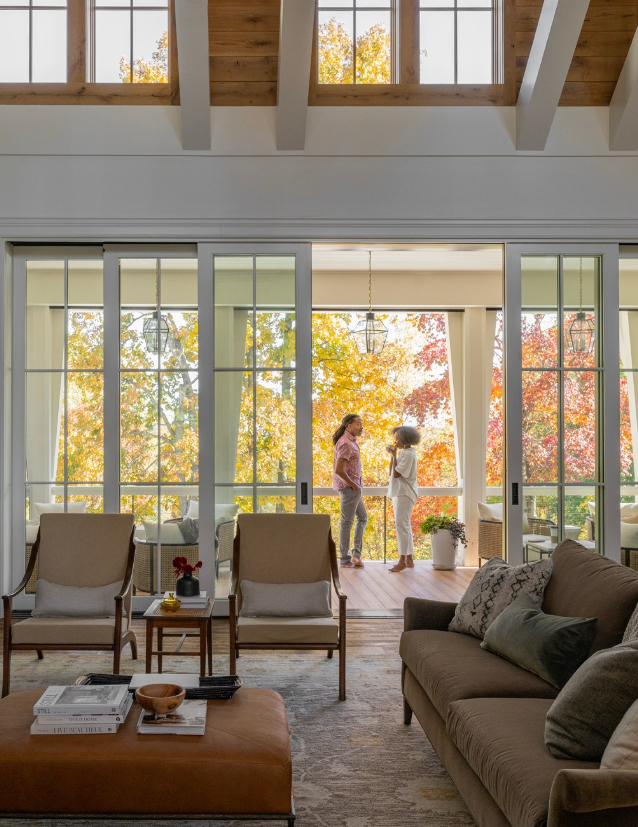
Biophilic design isn’t just about style, it’s about human needs.
With simple changes like:
- Proper window placement
- Maximizing daylight
- Adding views of the outdoors
- Choosing honest, natural materials
You’re not just creating beautiful interiors. You’re supporting health, productivity, and happiness.
Make nature visible. Make people well. Join the biophilic design movement.
Start with a window. Start with light. Start with the wellness that nature brings, even indoors.



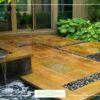




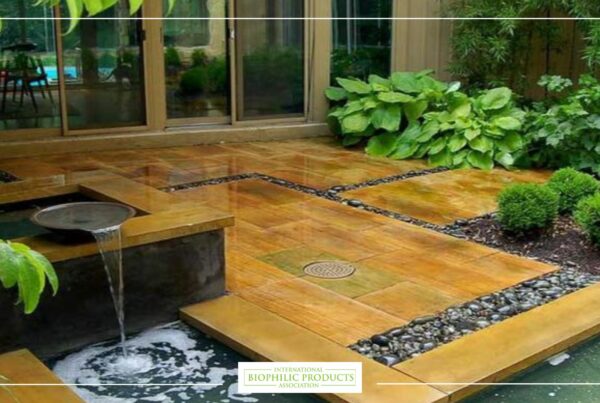
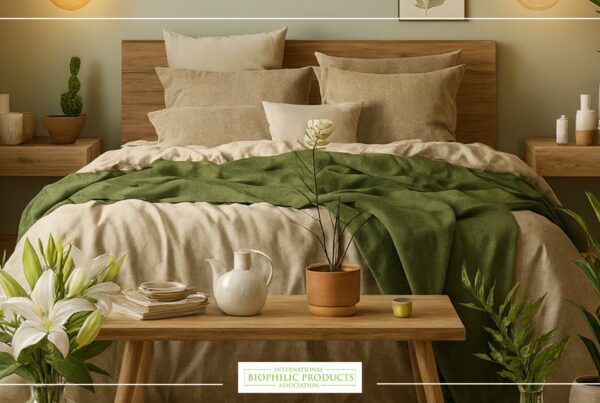

13 Comments